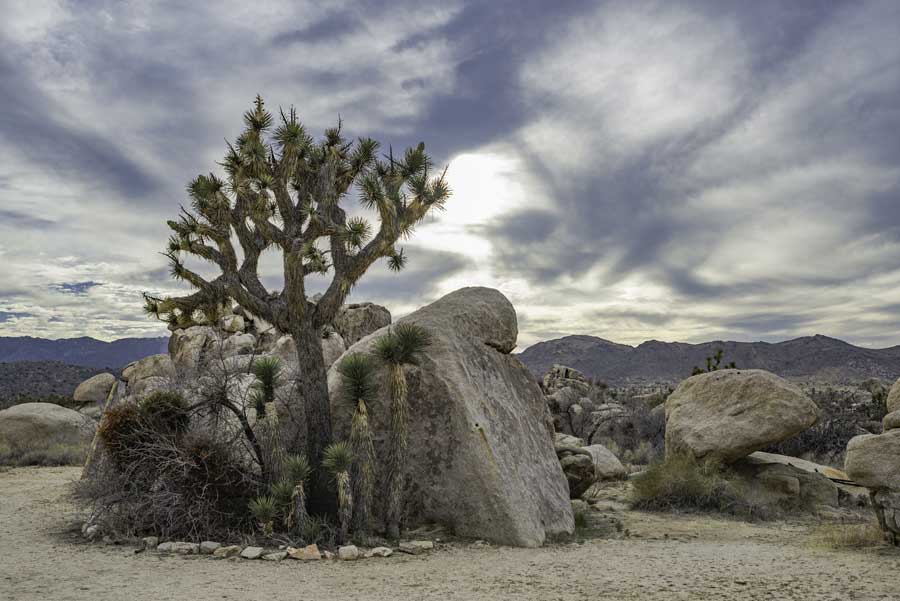
Our Blog

Conserve Water by Xeriscaping
Whether you live in a climate that deals with droughts like we do in California or not, conserving water is always an admirable goal. Believe it or not, you do not have to sacrifice having a beautifully landscaped yard in order to achieve that goal. The key is switching over to a xeriscape style for your yard. What is xeriscaping and how can you do it? Let Raymus Homes shed a little light on the subject.
What is Xeriscaping?
Coined by Denver Water in the 1980’s, xeriscaping was originally invented with arid climates in mind. However, the term today really encompasses the idea of making landscaping choices that fit your climate. For example, many people think of stunning cacti mingled with thoughtfully placed rocks when they hear the term. But it could also mean utilizing moisture loving ferns in the Pacific Northwest. Wherever you live, it is all about choosing the appropriate plants for your natural environment.
How to do it
The basic process of xeriscaping a property essentially involves creating an environment with as little dependence on water as possible. This is most often achieved by using hardy plants that can flourish with little moisture and omitting moisture-guzzling grass lawns entirely. Instead of grass, most xeriscape properties fill out the space with gravel. Keep in mind that different areas of your yard will receive differing amounts of water and sunlight. So be sure to keep that information in mind when you are designing your xeriscaping.
Next, consider your soil. Proper soil for the plants you plan on using is essential. The correct soil will retain moisture better. Supplementing with rich organic matter, such as compost, can prove beneficial for some flora, while others may not need it. To really get your soil needs right, you may want to consult with a landscape professional. You can add a layer of mulch on top which will aid additionally in retaining moisture for your plants.
Of course, the goal with xeriscaping is to cut down on water expenditure as much as possible. Ideally, your plants will receive all their water requirements from their natural environment. However, it is realistic to expect the need to supplement the plant’s water needs yourself from time to time. Just know the water requirements of your plants along with what your local weather has been up to.
Some people enjoy the art of doing their own landscaping, while others prefer to enlist the help of professionals. Whatever you decide to do, we hope this has got you inspired! You can see some examples of xeriscaping by visiting our gallery!
Archive
Jun 2025
May 2025
Apr 2025
Mar 2025
Feb 2025
Jan 2025
Dec 2024
Nov 2024
Oct 2024
Sep 2024
Aug 2024
Jul 2024
Jun 2024
May 2024
Apr 2024
Mar 2024
Feb 2024
Jan 2024
Dec 2023
Nov 2023
Oct 2023
Sep 2023
Aug 2023
Jul 2023
Jun 2023
May 2023
Apr 2023
Mar 2023
Feb 2023
Jan 2023
Dec 2022
Nov 2022
Oct 2022
Sep 2022
Aug 2022
Jul 2022
Jun 2022
May 2022
Apr 2022
Mar 2022
Feb 2022
Jan 2022
Dec 2021
Nov 2021
Oct 2021
Sep 2021
Aug 2021
Jul 2021
Jun 2021
May 2021
Apr 2021
Nov 2020
Oct 2020
Sep 2020
Aug 2020
Jul 2020
Jun 2020
May 2020
Apr 2020
Mar 2020
Feb 2020
Jan 2020
Dec 2019
Nov 2019
Oct 2019
Sep 2019
Jul 2019
Jun 2019
Mar 2019
Apr 2018
Dec 2017
Nov 2017
Aug 2017
Jun 2016
May 2016
Apr 2016
Mar 2016
Nov 2015
Oct 2015
Apr 2015
Mar 2015
Dec 2014
Nov 2014
Sep 2014
Aug 2014
Jul 2014
Jun 2014
Mar 2014
Dec 2013
Feb 2013
Nov 2012
Recent:
